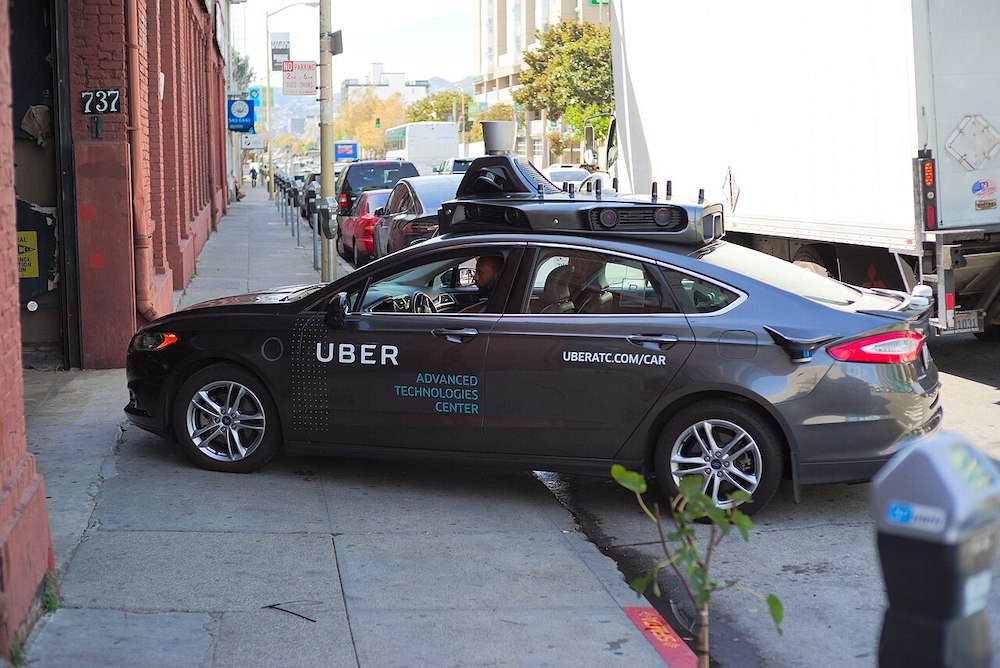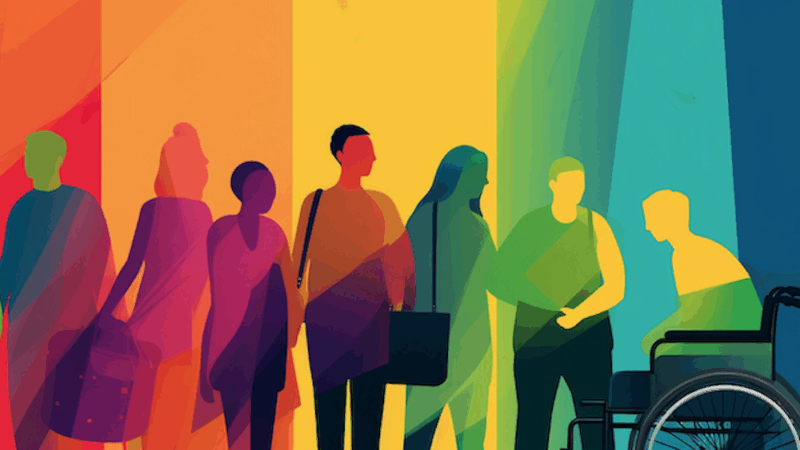
Uber’s Robotaxis Are Coming—And They Might Just Fix Your Worst Event Headaches
How Uber’s Robotaxi push could disrupt event logistics—in the best possible way
In 2026, attendees at a conference in San Francisco might skip the usual scramble for shuttle buses, surge-priced rideshares, or pricey hotel car bookings—and instead hop into a driverless Lucid Gravity–based robotaxi summoned by Uber. That’s the vision the company rolled out in late 2025, positioning autonomous rides as the next big shift in how cities—and major events—move.
From Ride-hailing Novelty to Event-Planner Utility
Robotaxis could begin erasing the moments planners dread most: the missed shuttle and the endless transportation lines. Instead, on-demand autonomous vehicles promise a more fluid, personal, and friction-free experience. No waiting for buses. No coordinating multiple departure times. No trying to herd 300 people into a hotel porte-cochère at the same time. Attendees move when they want — and the city moves with them.
This could rewrite the rulebook on ground transport. Planners could offer “always-on” mobility without chartering buses. Attendees could use their phones to summon a ride whether they’re heading back to a hotel at midnight or popping across town for a breakout session.
2026: Where Events Meet the Future (and It Drives Itself)
San Francisco will be the proving ground, with Uber planning its first autonomous taxi rides in the Bay Area as early as next year. For the meetings and events world, the timing is uncanny. Just as in-person events surge back to pre-pandemic levels, planners are grappling with strained transportation systems and shrinking labor pools. Uber’s launch, supported by partnerships with Lucid Motors and autonomous-tech company Nuro, promises a solution that scales: a 100-vehicle “engineering test fleet” now, and potentially 20,000 robotaxis within six years.
The Upsides: Convenience With a Capital C
For attendees, the benefits are immediate. They can move freely around the city without waiting for pre-scheduled shuttles or navigating surge-priced rideshares. They get a reliable ride home after the evening reception — and a predictable ride to morning sessions, even if it's barely light out.
FURTHER READING: E-Bikes: A New Spin On Optional Activities
For planners, the upside is even bigger. Autonomous rides give them one less logistical knot to untangle, freeing time and budget for higher-value priorities. Transportation becomes less of a moving target and more of a guaranteed service layer baked into the event experience. And because autonomous cars operate consistently during off-peak hours, safety improves too — no more rolling the dice on whether rides will be available when the after-party wraps.
The Watchouts: Don’t Fire Your Shuttle Vendor Just Yet
Still, the road to seamless integration isn’t without bumps. Scaling from a 100-vehicle pilot to a projected 20,000-car fleet will take time, and early adopters are likely to encounter uneven coverage zones or wait times as the system grows. Regulatory hurdles could emerge as well, with city officials, residents, and advocacy groups scrutinizing everything from safety protocols to data transparency.
There’s also the reality that large-group movements — think 200 attendees arriving on the same flight — may still require traditional charter buses for a while. Robotaxis, at least in the near term, are a fantastic solution for individual and small-group mobility, but they won’t replace mass transport when everyone needs to leave the venue at once. In short, the technology promises real value — but planners should expect a hybrid model before envisioning an entirely autonomous future.
A New Asset in the Planner Toolbox
For event designers and meeting planners, Uber’s robotaxi plan isn’t just another mobility trend — it could be a strategic tool. Imagine an RFP response that includes “autonomous-ride credits” for attendees. Or a post-conference party where anyone can Uber themselves home safely after the after-party.
In short: the robotaxi roll-out might turn shuttles from a cost-center headache into an on-demand value-add.
Whether Uber (and companies like Waymo, Zoox and others) get this right will shape the future of event mobility. For planners, it’s time to start thinking beyond buses — and imagine what happens when your attendees’ ride to the hotel literally drives itself.
Any thoughts, opinions, or news? Please share them with me at vince@meetingsevents.com.
Photo by Dllu, Creative Commons License




